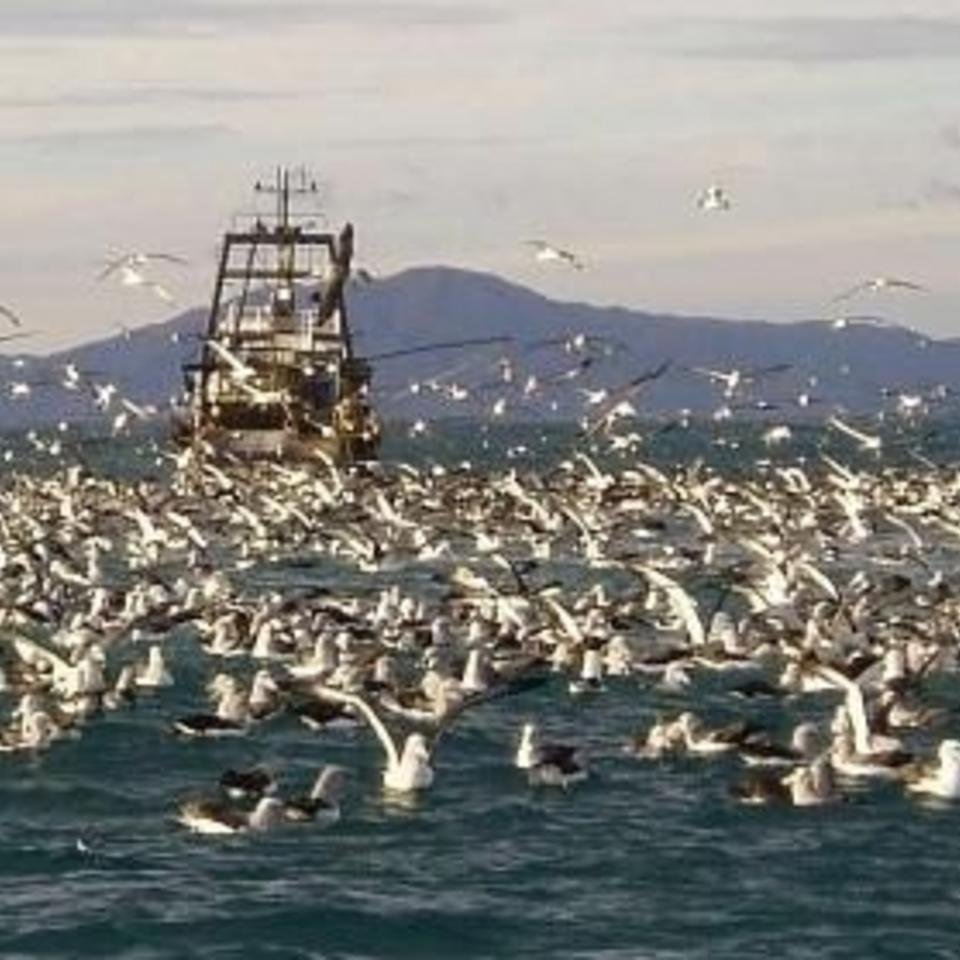A recent Aquatic Environment and Biodiversity Report estimates the number of seabirds captured during commercial fishing in New Zealand waters between 2002–03 and 2008–09.
In New Zealand, government observers are present on some vessels and record any captures of seabirds and other protected species that occur. This study estimated the total numbers of seabirds that would have been reported if observers had been present on every fishing vessel.
A recent Aquatic Environment and Biodiversity Report, prepared by Dragonfly for the Ministry of Fisheries, estimates the number of seabirds captured during commercial fishing in New Zealand waters between 2002–03 and 2008–09.
Seabirds are most frequently caught by being hooked during longlining, caught in trawl nets or struck by trawl warps. In New Zealand, government observers are present on some vessels and record any captures of seabirds and other protected species that occur. This study estimated the total numbers of seabirds that would have been reported if observers had been present on every fishing vessel.
Hierarchical statistical models were used to estimate the total captures of seabirds by trawl and longline methods from the observer data. Captures were estimated for trawl, bottom longline, and surface longline fisheries, within the New Zealand Exclusive Economic Zone. Trawl fishing targeting inshore species was not studied.
The total number of seabirds estimated to have been caught during the 2008–09 fishing year was 3224 (95% c.i.: 2520 to 4412). Of the total estimated captures, 27.5% were albatross species, with the remainder being petrels and shearwaters.
The capture rate of white-capped albatross declined from an estimated mean of 1631 in 2004–05 to 575 in 2007–08 and 887 in 2008–09. This decrease was largely achieved through the mandatory use of trawl warp mitigation since January 2006.
Across all fisheries studied, there was a significant decrease (47.6%) in the total number of birds caught between 2002–03 and 2008–09. This fall was associated with declines in effort in trawl, bottom longline, and surface longline fisheries.
Estimated seabird captures increased by 29.3% between 2007–08 and 2008–09. This increase occurred for a range of seabird species, in a range of different fisheries, despite an ongoing decline in the effort. The reasons for this increase are unclear.
Download full report from the Fisheries New Zealand website.


